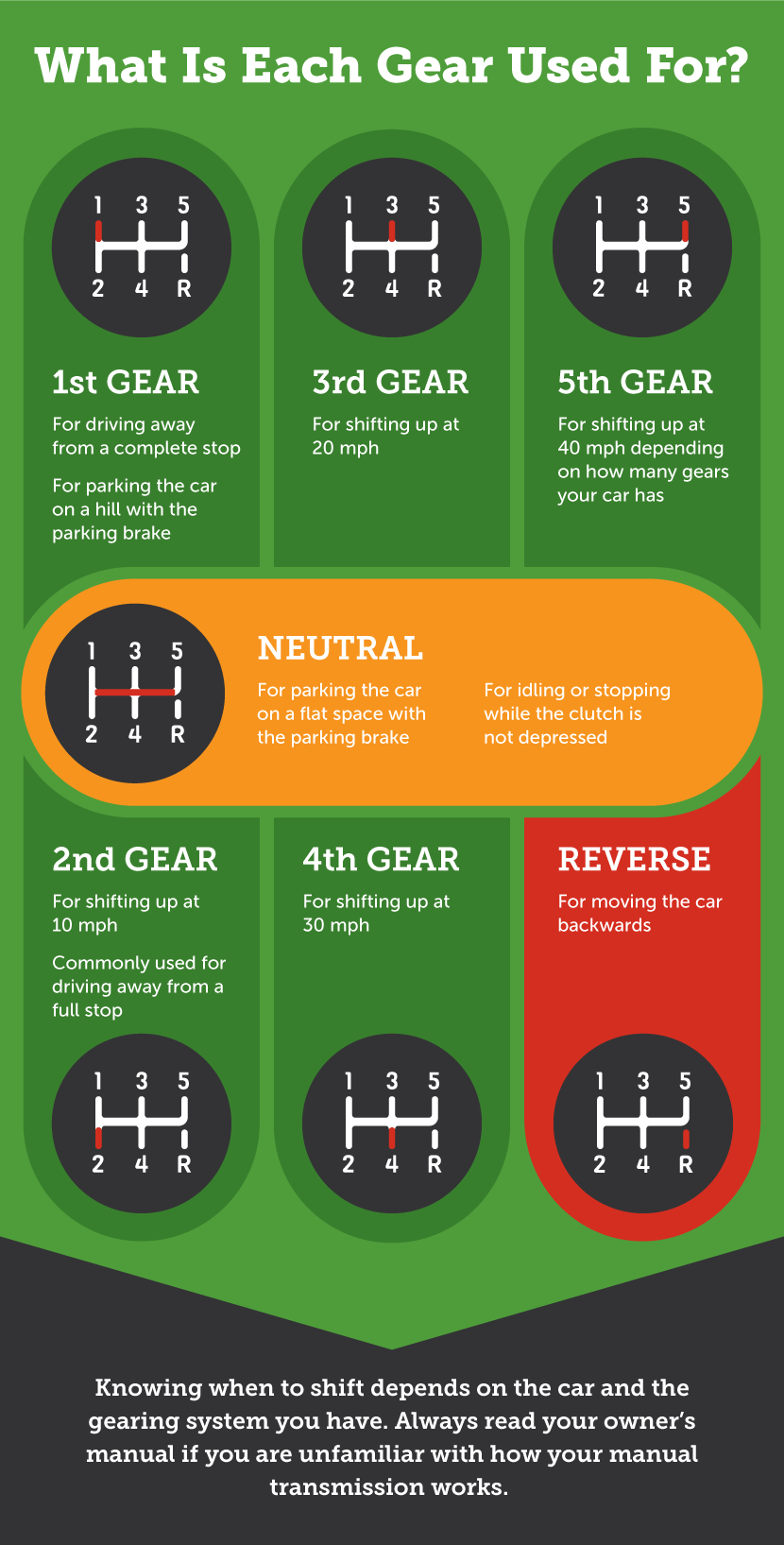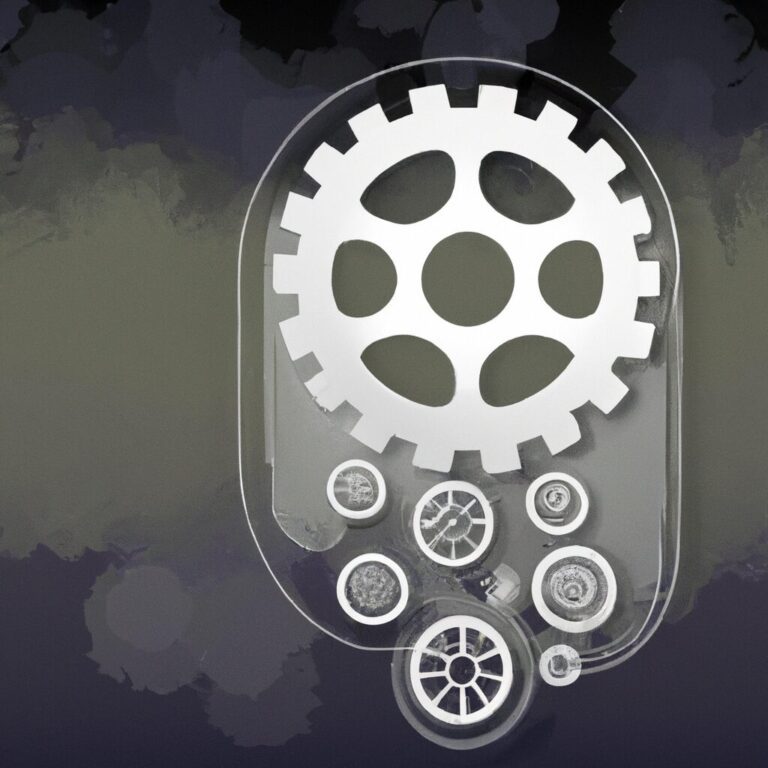How to Reverse a Manual Car
To reverse a manual car, press the clutch, shift into reverse gear, and slowly release the clutch while pressing the accelerator. Successfully reversing a manual car requires coordination between the clutch, gear shift, and accelerator to smoothly maneuver the vehicle in reverse.
Reversing a manual car may seem daunting for those new to driving manual transmission vehicles. However, with the right technique and practice, it can become second nature. By following the correct steps and understanding the mechanics of a manual transmission system, anyone can confidently reverse a manual car.
In this guide, we will explore the necessary steps in detail to help you master reversing in a manual car seamlessly.

Credit: www.youtube.com
Understanding The Gearbox
Understanding the Gearbox is an essential aspect of learning how to reverse a manual car. The gearbox, also known as the transmission, plays a critical role in controlling the power flow from the engine to the wheels. It allows the driver to change gear ratios to adapt to different driving conditions, such as reversing. Let’s delve into the key components of a manual gearbox and how gears work to facilitate smooth reversing maneuvers.
Components Of A Manual Gearbox
A manual gearbox consists of several key components that work together to enable gear shifting and power transmission. These components include:
- Gear lever
- Clutch pedal
- Gear shafts
- Selector forks
- Input shaft
- Output shaft
How Gears Work
Gears are integral to the operation of a manual gearbox, as they determine the speed and direction of the vehicle. When the driver engages the gear lever to select reverse, the gear system is responsible for reversing the direction of the car. It achieves this by coordinating the movement of different gear pairs to transfer power from the engine to the wheels in reverse.
Reversing Gear
Location of the Reverse Gear:
In a manual car, the reverse gear is typically located near the first gear. It’s usually to the left and up, requiring a deliberate movement to engage.
Engaging the Reverse Gear:
To engage reverse gear, press the clutch pedal fully with your left foot while the vehicle is stationary. Next, move the gearstick into the reverse position with your right hand.
Precautions And Safety
When reversing a manual car, practicing precautions and safety measures is crucial to avoid accidents and ensure a smooth driving experience. Below are essential guidelines and steps to follow for a safe reversing process.
Checking For Obstacles
Before reversing, perform a thorough check of the surrounding area for any obstacles or potential hazards.
- Walk around the car to inspect blind spots and ensure no objects are in the way
- Check rearview mirrors to verify no vehicles, pedestrians, or obstructions are behind
- Utilize parking sensors to aid in detecting objects not visible to the eye
Using Mirrors And Rearview Camera
Proper utilization of mirrors and rearview camera enhances visibility and assists in safe reversing maneuvers.
- Adjust side mirrors to cover blind spots and provide a wide view of the surroundings
- Monitor rearview camera for accurate positioning and distance estimation while reversing
- Use interior mirror to monitor any vehicles or obstacles approaching from the rear

Credit: m.youtube.com
Reversing Techniques
Reversing a manual car requires precise control and coordination of the clutch, steering, and turning. Mastering these techniques will empower you to navigate through tight spots and parallel park with confidence. Let’s delve into the essential reversing techniques to enhance your driving skills and maneuverability.
Clutch Control
To initiate reverse gear, press the clutch pedal fully while shifting the gear lever to the reverse position. Gradually release the clutch while keeping the engine revs steady, and apply slight pressure to the accelerator for smooth backward movement. Practice finding the biting point where the car starts to move without stalling by releasing the clutch slowly.
Steering And Turning
Turn the wheel in the direction you want the rear of the car to move. Always check your mirrors and blind spots before reversing to ensure safety. Avoid sharp turns, especially in crowded areas, and use your peripheral vision to monitor the surroundings. Be mindful of the position of the front wheels to avoid hitting the curb or other obstacles.
Practice And Tips
Learn how to reverse a manual car with these helpful practice tips. Master the art of controlling the clutch and accelerator, and discover effective techniques for smooth and confident reversing.
Finding An Empty Parking Lot
Before you begin practicing reverse driving, it’s crucial to find a suitable location that offers plenty of space. Look for an empty parking lot or a quiet residential street with minimal traffic. This will provide you with the necessary room to maneuver and minimize potential hazards or distractions. Remember, safety should be your top priority when selecting a practice location.
Mastering Reverse Parking
Reverse parking can be intimidating for beginners, but with regular practice and a few helpful tips, you can master this essential skill:
- Position your car: Start by aligning your vehicle parallel to the parked cars, leaving ample space between them.
- Check your surroundings: Before reversing, look over your shoulder and check all mirrors to ensure the path is clear, and there are no approaching vehicles or pedestrians.
- Use slow and controlled movements: Gradually release the clutch and apply slight pressure on the accelerator as you begin to reverse. Keep your foot hovering above the brake pedal to maintain control and stop if necessary.
- Steer with caution: As you reverse, use smooth and steady steering adjustments to keep your car on the correct path. Remember, small movements are key; avoid sudden or jerky maneuvers.
- Utilize reference points: Visualize markers to guide your positioning. For example, aligning the car’s rear window with the side mirror of the parked car can help you gauge the distance accurately.
- Practice regularly: The more you practice reverse parking, the more comfortable and confident you’ll become. Aim for a variety of scenarios and parking spaces to improve your skills in different situations.
Remember, learning to reverse a manual car requires patience and practice. By following these tips and dedicating time to honing your skills, you’ll soon maneuver smoothly and confidently in reverse!

Credit: www.fix.com
Frequently Asked Questions On How To Reverse A Manual Car
How Do You Put A Manual Car In Reverse?
To put a manual car in reverse, press the clutch pedal, shift the gear lever to the left and then up. Ensure the car is at a complete stop before you engage the reverse gear. Gradually release the clutch while applying slight pressure to the gas pedal to move in reverse.
Do You Hold The Clutch When Reversing?
Yes, holding the clutch while reversing helps control the speed and smoothly engage the transmission.
How Do You Reverse A Car Step By Step?
To reverse a car step by step, follow these: 1. Check surroundings. 2. Shift gear to reverse. 3. Slowly release brake. 4. Gently press gas pedal. 5. Use mirrors to guide.
Do You Press The Accelerator When Reversing?
Yes, you should lightly press the accelerator when reversing to control speed and maneuver the vehicle.
Can You Reverse A Manual Car Without Using The Clutch?
Reversing a manual car without using the clutch is possible, but it’s not recommended. It can cause damage to the transmission system.
What Is The Correct Way To Reverse A Manual Car?
To reverse a manual car, push the gear stick into the reverse gear position, release the clutch slowly, and apply gentle pressure on the accelerator while checking the rearview mirrors.
How Do I Avoid Stalling When Reversing A Manual Car?
To avoid stalling when reversing a manual car, ensure that you have fully depressed the clutch, release it gradually, and maintain a steady throttle control to keep the engine from stalling.
Conclusion
Mastering the art of reversing a manual car requires practice and patience. By following these steps and staying aware of your surroundings, you can safely and confidently maneuver in reverse. Remember to always prioritize safety and remain calm behind the wheel.
Keep practicing, and you’ll become a proficient reverse driver in no time.

